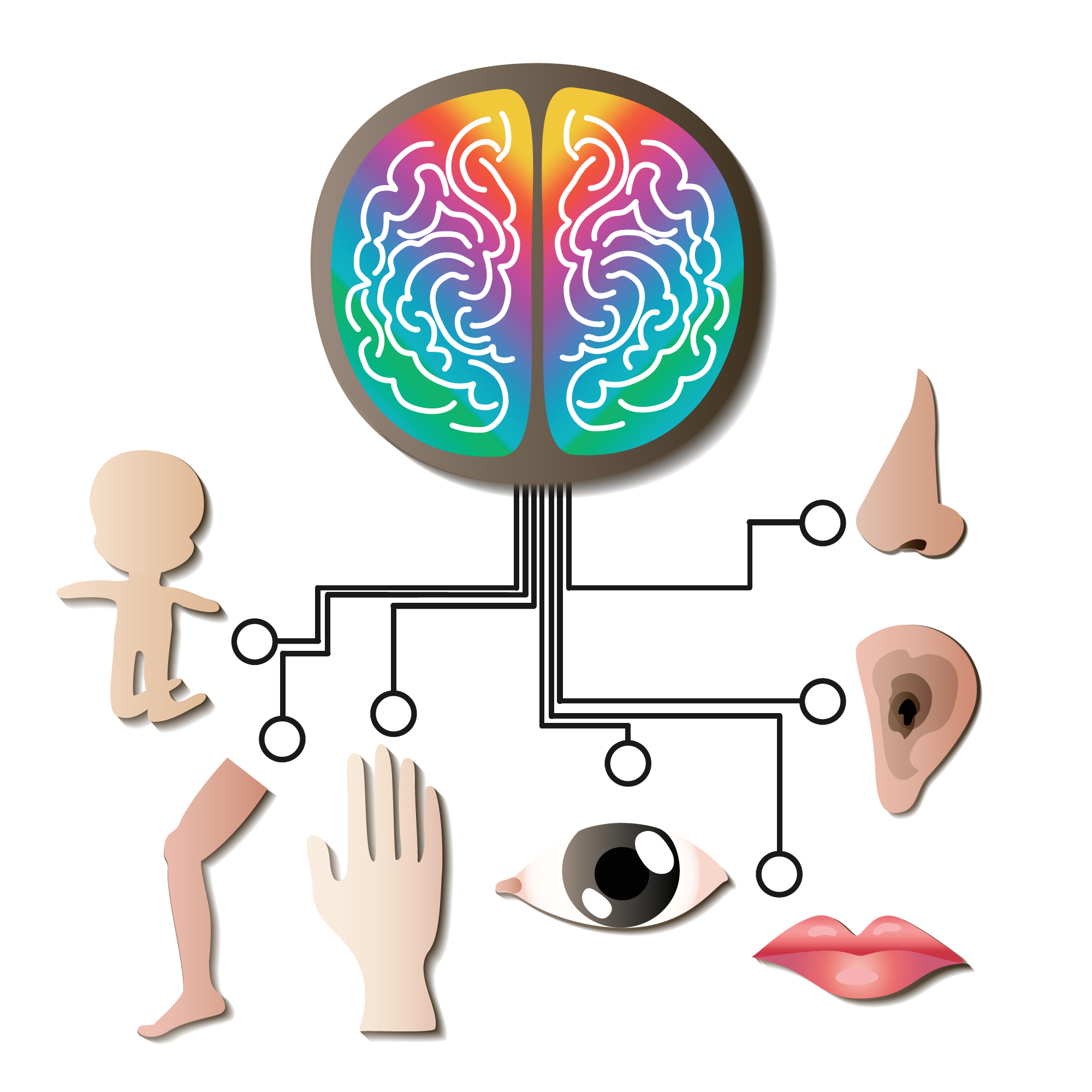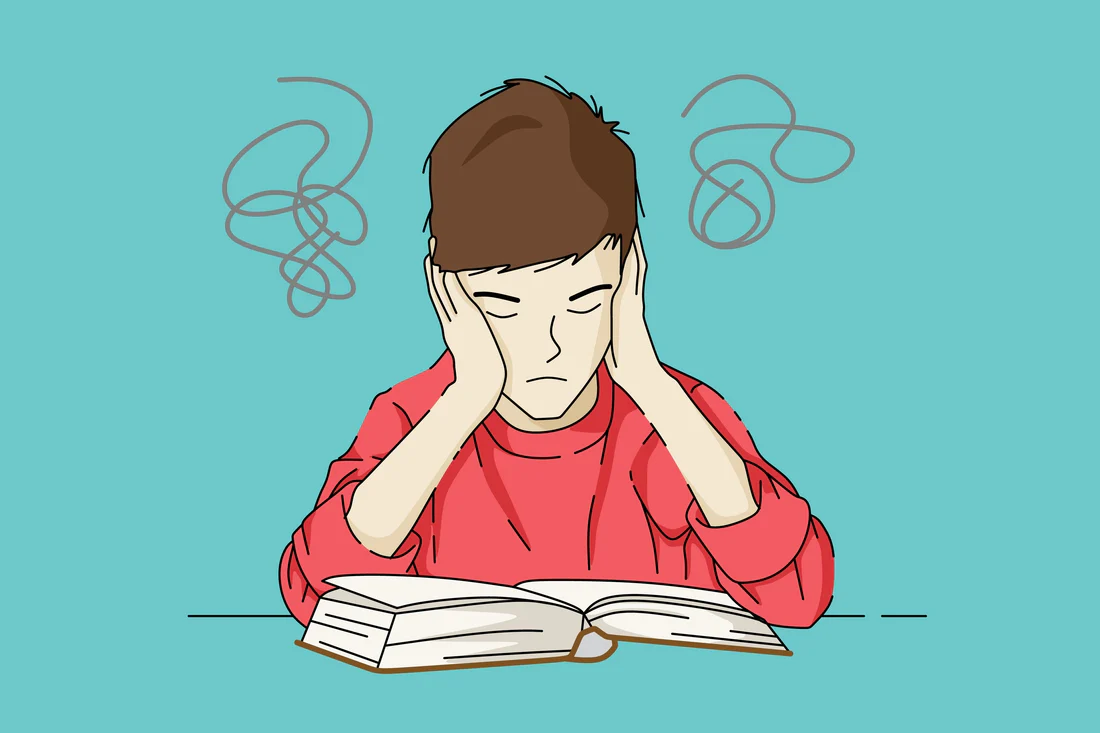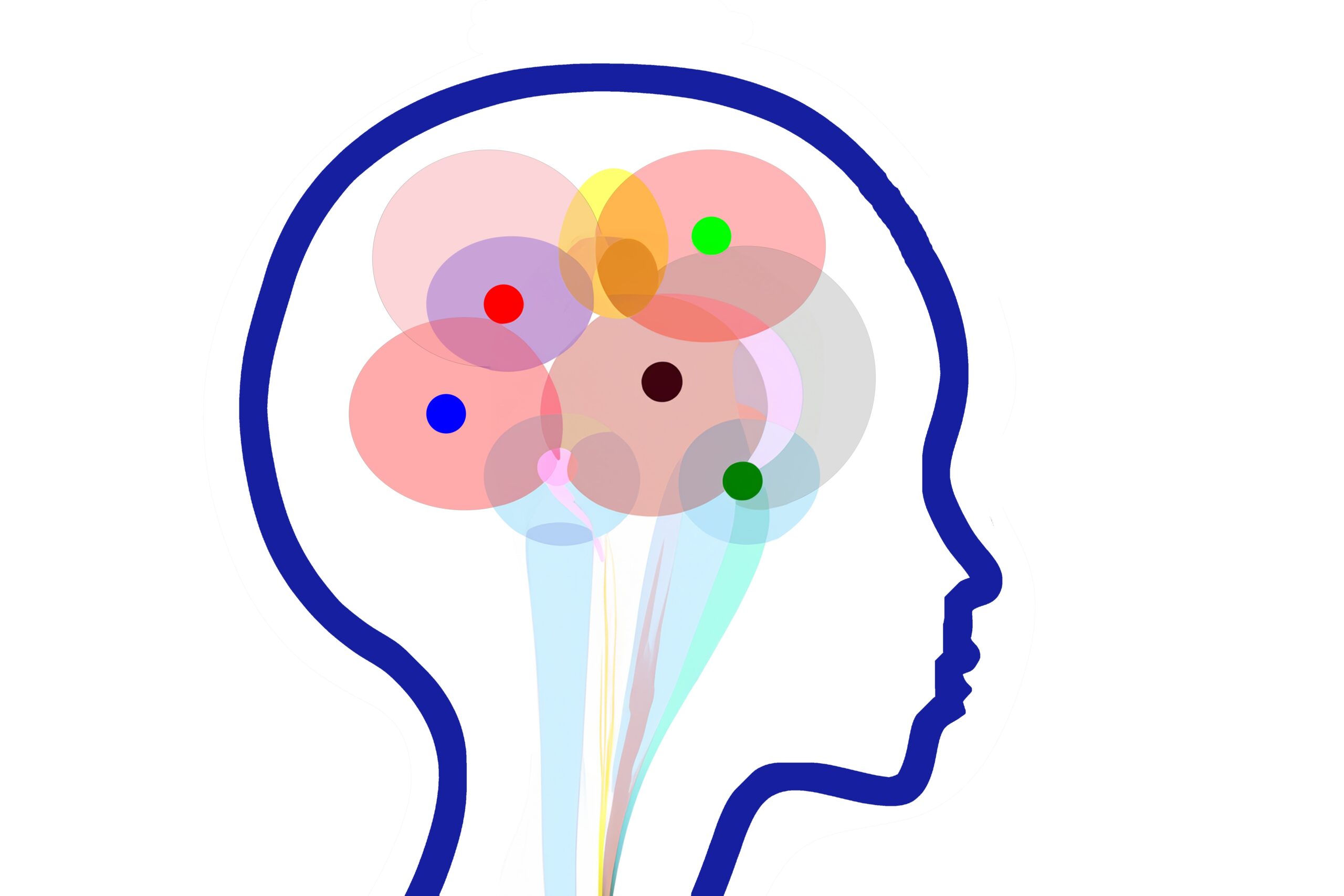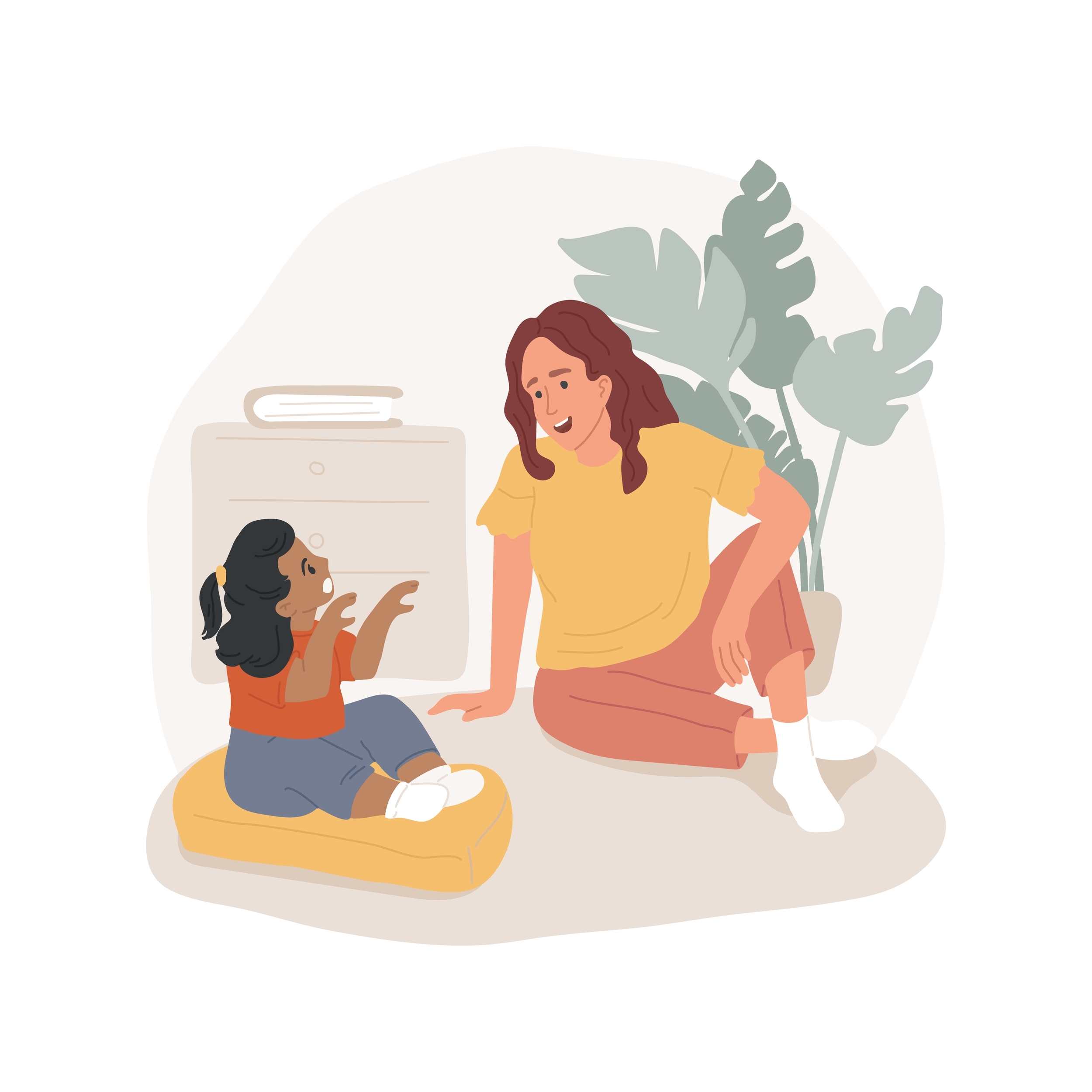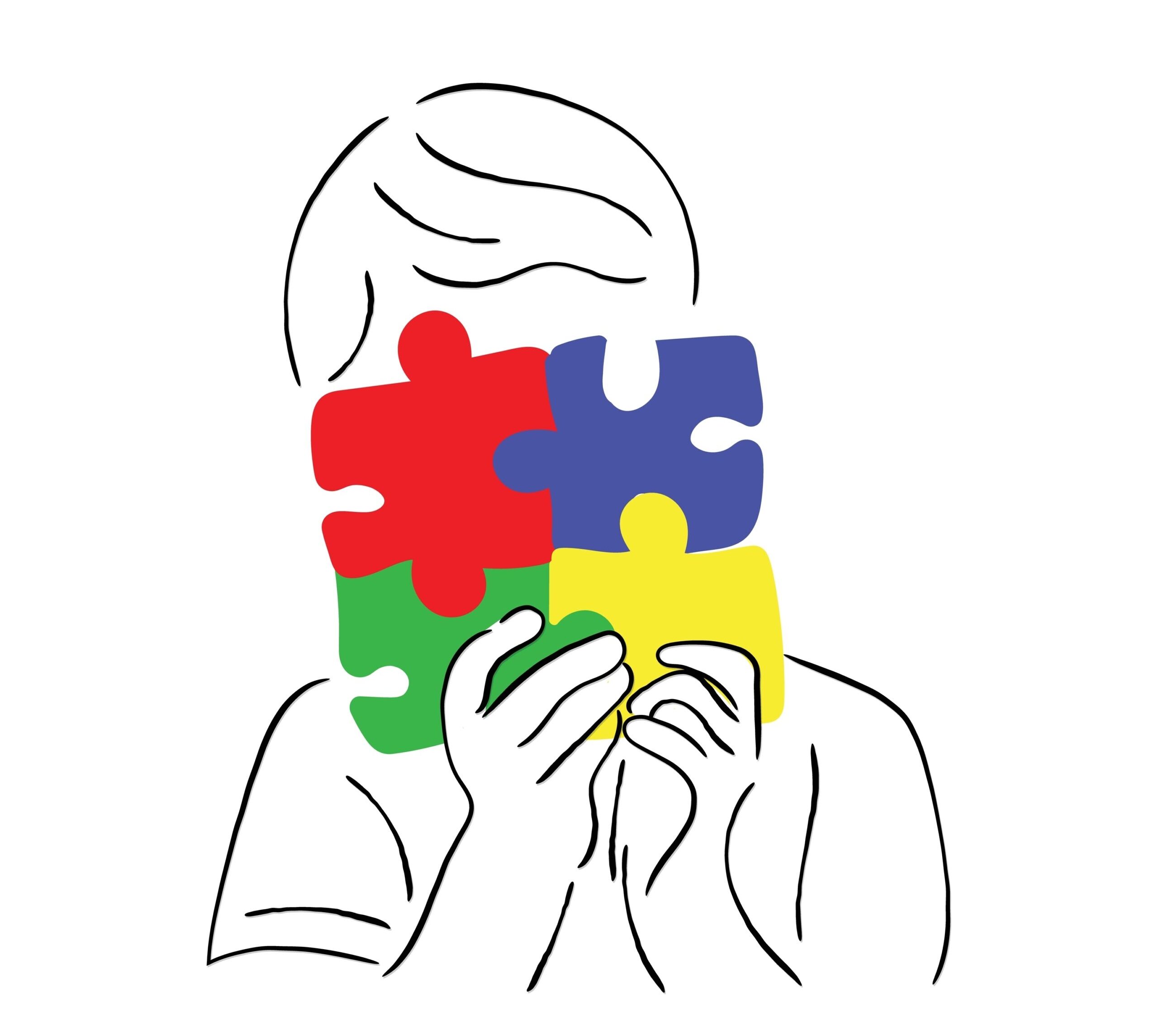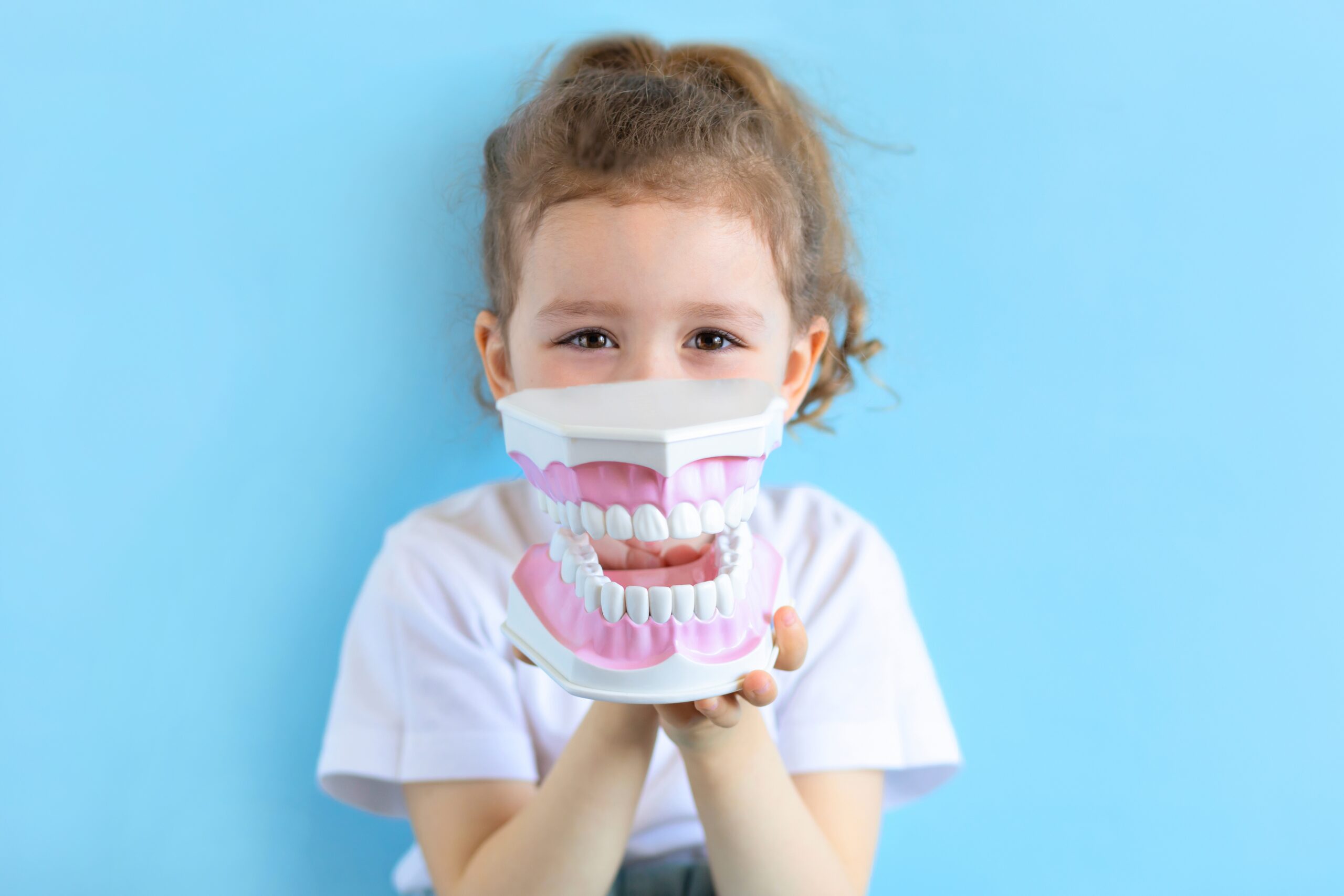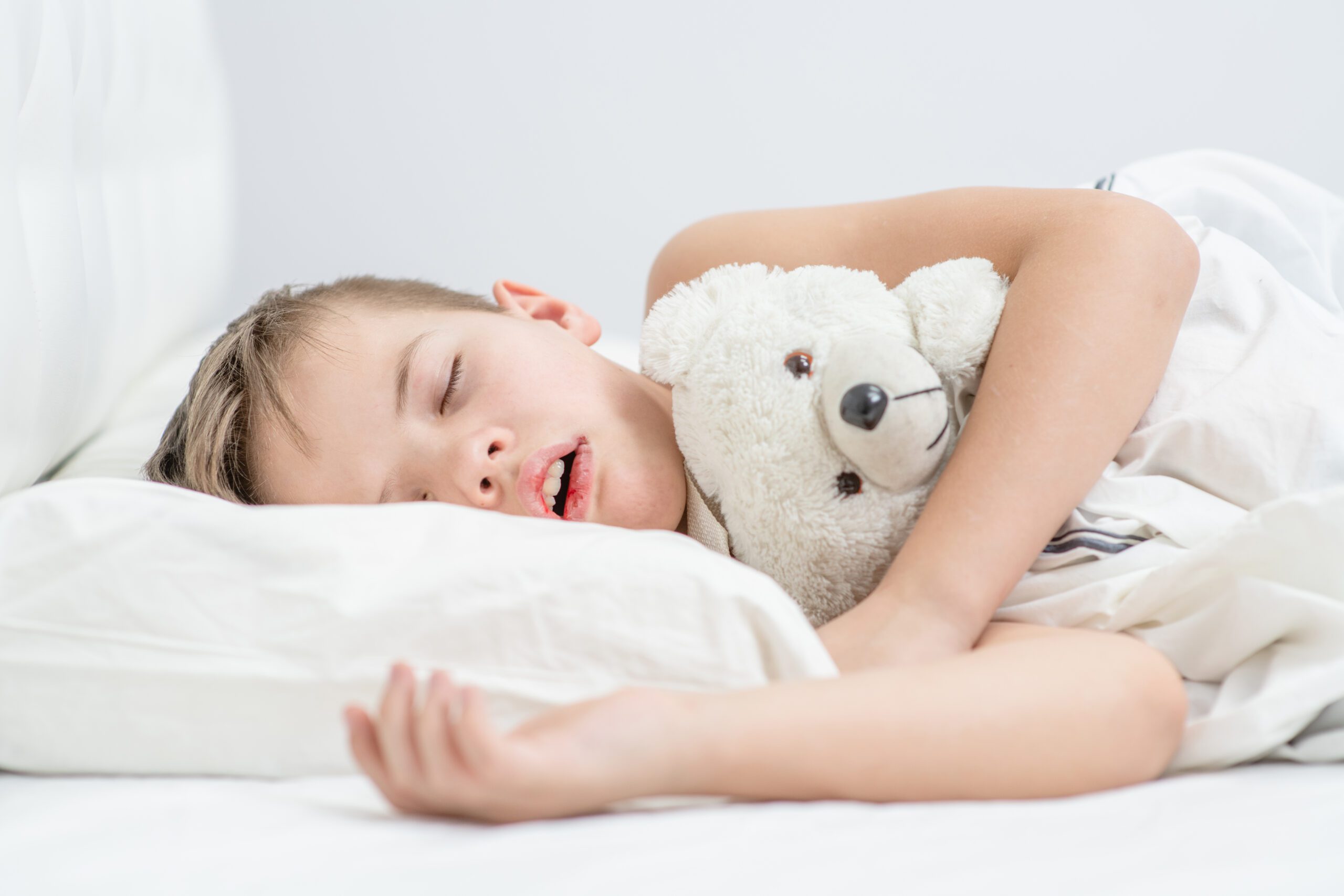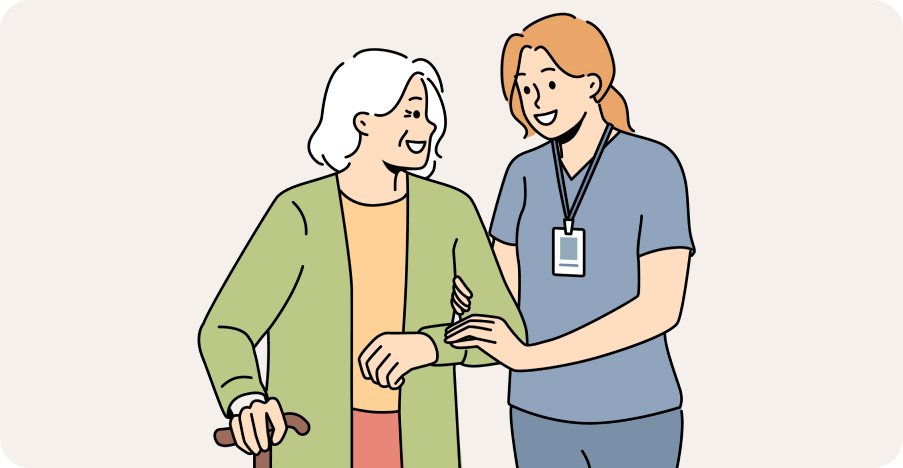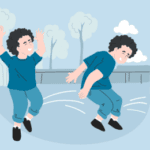
Sensory Processing Disorder
- Signs and Symptoms of Sensory Processing Disorder in Children
- Sensory Processing Disorder in Teens: Signs, Symptoms, Diagnosis & Treatment
- Sensory Processing Disorder (SPD) in Adults: Signs, Diagnosis, Treatment & Coping Strategies
- Types of Sensory Processing Disorder (SPD): Symptoms, Characteristics & Treatment
- Sensory Processing Disorder Treatment Options & Best Therapies for SPD in Children and Adults
- Living with Sensory Processing Disorder: Daily Tips, Support Strategies, and Family Guidance
- Vestibular and Proprioceptive Processing in Sensory Processing Disorder (SPD)
- Causes and Risk Factors of Sensory Processing Disorder (SPD): What Science Knows
- How Is Sensory Processing Disorder Diagnosed? Tests, Signs, and Evaluation Tools
- Stimming Behaviors in Sensory Processing Disorder: What They Are and Why They Matter
- Sensory Processing Disorder and Learning: How Sensory Challenges Affect Education
- Sensory Diet Strategies for Kids: Effective Tools for Sensory Regulation
- Sensory Integration Disorder and Sensory Integration Therapy
- Sensory Discrimination Disorder
- Sensory Modulation Disorder: Symptoms, Subtypes, and Treatment Strategies
- Sensory Over-Responsivity (SOR): Signs, Causes, and How to Help Kids and Adults Cope
- Sensory Under-Responsivity: Signs, Causes, and Support for Children and Adults
- Sensory-Based Motor Disorder: Signs, Symptoms, and Effective Treatments for Children and Adults
- Visual Processing Disorder: Signs, Symptoms & How to Support Visual Learning Challenges
- Auditory Processing Disorder (APD): Symptoms, Diagnosis & Treatment for Children and Adults
- Sensory Seeking/Craving: Understanding, Identifying, and Supporting Sensory Seekers
- Dyspraxia (Developmental Coordination Disorder): Understanding SBMD and Its Impact
- Postural Disorder: Causes, Symptoms & Treatment | Sensory-Based Motor Disorder Guide
Sensory-Based Motor Disorder: Signs, Symptoms, and Effective Treatments for Children and Adults

Authored by: The DrSensory Editorial Team
Reviewed by: 🛡️ DrSensory Clinical Review Board
Last updated: June 2025
- Impact of SBMD on Daily Functioning
- Diagnosis: How Is Sensory-Based Motor Disorder Identified?
- Treatment for Sensory-Based Motor Disorder
- At-Home Strategies and Support for SBMD
- Is sensory-based motor disorder the same as dyspraxia?
- Can sensory-based motor disorder be mistaken for ADHD?
- Does SBMD affect speech and communication?
- Do kids grow out of sensory-based motor disorder?
- Can adults have sensory-based motor disorder?
Sensory-Based Motor Disorder (SBMD) – A Complete Guide
What Is Sensory-Based Motor Disorder?
Sensory-Based Motor Disorder (SBMD) is a subtype of Sensory Processing Disorder (SPD) that affects how the brain interprets sensory input to plan and execute physical movement. Children and adults with SBMD may appear clumsy, uncoordinated, or delayed in motor skills, even though their muscles and joints are physically healthy.
There are two primary forms of SBMD:
- Dyspraxia (or Developmental Coordination Disorder): Difficulty planning and performing new or complex motor tasks.
- Postural Disorder: Poor core strength and stability affecting posture, balance, and coordination.
Signs and Symptoms of Sensory-Based Motor Disorder
Children and adults with SBMD often show the following signs:
✅ Dyspraxia:
- Difficulty learning new movements (e.g., riding a bike, tying shoes)
- Trouble with multi-step tasks (e.g., brushing teeth, dressing)
- Speech challenges (verbal dyspraxia or apraxia of speech)
- Appears awkward, uncoordinated, or messy
✅ Postural Disorder:
- Poor posture or slouching
- Weak core strength and muscle tone
- Fatigue during physical activities
- Difficulty sitting upright or maintaining balance
These challenges can affect school performance, social participation, and daily independence.
Causes and Risk Factors of SBMD
SBMD is believed to result from inefficient sensory integration—particularly how the brain processes proprioceptive (body awareness) and vestibular (balance/movement) input. Rather than coordinating motor actions smoothly, the brain may misinterpret signals from the body and environment.
Risk factors include:
- Premature birth or low birth weight
- Prenatal complications (e.g., exposure to toxins, maternal stress)
- Developmental delays or genetic predisposition
- Co-occurring conditions (e.g., autism, ADHD, speech delays)
Importantly, SBMD is not a result of laziness or lack of effort—it’s a neurological difference.
Impact of SBMD on Daily Functioning
SBMD can significantly affect how a child or adult moves through daily life:
- In school: Difficulty with handwriting, gym class, or following directions
- At home: Struggles with dressing, grooming, and staying organized
- In sports: Poor balance, coordination, and body awareness
- Emotionally: Frustration, anxiety, or low self-esteem due to perceived clumsiness
When left unsupported, SBMD can also affect emotional regulation and social development.
Diagnosis: How Is Sensory-Based Motor Disorder Identified?
SBMD is typically diagnosed by a licensed occupational therapist (OT) through a comprehensive evaluation. This may include:
- Clinical observation of posture, balance, and coordination
- Standardized motor assessments (e.g., BOT-2, Peabody Developmental Motor Scales)
- Parent/teacher questionnaires
- Evaluation of motor planning, body awareness, and movement patterns
An accurate diagnosis is essential to guide the right intervention plan.
Treatment for Sensory-Based Motor Disorder
Occupational therapy with a sensory integration approach is the gold standard for treating SBMD. Therapy focuses on:
- Improving motor planning and sequencing
- Building postural strength and endurance
- Enhancing coordination and body awareness
- Developing independence in self-care and school tasks
Treatment techniques include:
- Obstacle courses to build planning and timing
- Core strengthening activities (e.g., climbing, balancing)
- Tactile play to improve body feedback
- Games that involve crossing midline, sequencing, and rhythm
Therapy is typically done 1–2 times per week and customized to the individual’s needs and goals.
At-Home Strategies and Support for SBMD
Parents and caregivers can reinforce progress at home with simple, purposeful movement activities such as:
- Yoga and animal walks for core strength and balance
- Simon Says and dance games for motor planning
- Arts and crafts to improve fine motor control
- Heavy work activities (pushing, pulling) to boost proprioceptive input
Consistency and positive reinforcement help build confidence and skill mastery.
Is sensory-based motor disorder the same as dyspraxia?
Dyspraxia is one form of Sensory-Based Motor Disorder (SBMD). It specifically refers to difficulties with motor planning—learning and executing new movements. SBMD also includes postural disorder, which affects strength, stability, and balance. Both are subtypes of SPD.
Can sensory-based motor disorder be mistaken for ADHD?
Yes. Children with SBMD may fidget, seem inattentive, or have difficulty following directions—similar to ADHD. However, these behaviors often result from motor planning or coordination issues, not attention deficits. An occupational therapy evaluation can help clarify the root cause.
Does SBMD affect speech and communication?
Yes. Dyspraxia can affect oral motor planning, leading to speech delays or apraxia of speech. Children may struggle to form words clearly, especially under pressure. Speech therapy and occupational therapy often work together to address these challenges.
Do kids grow out of sensory-based motor disorder?
Some children improve with age and therapy, but many require ongoing support. Without intervention, SBMD can impact self-esteem, academic performance, and independence. Early therapy can significantly improve long-term outcomes.
Can adults have sensory-based motor disorder?
Absolutely. Many adults with unrecognized dyspraxia or postural challenges were never diagnosed as children. They may avoid physical activities, feel disorganized, or struggle with everyday coordination. Occupational therapy can still help improve function and confidence in adulthood.
This page provides general educational content and is not a substitute for professional medical advice. Always consult a licensed provider for diagnosis and treatment.
View privacy policy, copyright and trust info
More on SPD

- Signs and Symptoms of Sensory Processing Disorder in Children
- Sensory Processing Disorder in Teens: Signs, Symptoms, Diagnosis & Treatment
- Sensory Processing Disorder (SPD) in Adults: Signs, Diagnosis, Treatment & Coping Strategies
- Types of Sensory Processing Disorder (SPD): Symptoms, Characteristics & Treatment
- Sensory Processing Disorder Treatment Options & Best Therapies for SPD in Children and Adults
- Living with Sensory Processing Disorder: Daily Tips, Support Strategies, and Family Guidance
- Vestibular and Proprioceptive Processing in Sensory Processing Disorder (SPD)
- Causes and Risk Factors of Sensory Processing Disorder (SPD): What Science Knows
- How Is Sensory Processing Disorder Diagnosed? Tests, Signs, and Evaluation Tools
- Stimming Behaviors in Sensory Processing Disorder: What They Are and Why They Matter
- Sensory Processing Disorder and Learning: How Sensory Challenges Affect Education
- Sensory Diet Strategies for Kids: Effective Tools for Sensory Regulation
- Sensory Integration Disorder and Sensory Integration Therapy
- Sensory Discrimination Disorder
- Sensory Modulation Disorder: Symptoms, Subtypes, and Treatment Strategies
- Sensory Over-Responsivity (SOR): Signs, Causes, and How to Help Kids and Adults Cope
- Sensory Under-Responsivity: Signs, Causes, and Support for Children and Adults
- Sensory-Based Motor Disorder: Signs, Symptoms, and Effective Treatments for Children and Adults
- Visual Processing Disorder: Signs, Symptoms & How to Support Visual Learning Challenges
- Auditory Processing Disorder (APD): Symptoms, Diagnosis & Treatment for Children and Adults
- Sensory Seeking/Craving: Understanding, Identifying, and Supporting Sensory Seekers
- Dyspraxia (Developmental Coordination Disorder): Understanding SBMD and Its Impact
- Postural Disorder: Causes, Symptoms & Treatment | Sensory-Based Motor Disorder Guide
Find a Therapist near you
Are you looking for a physical, occupational, or speech therapist in your area?
Look no further than the DrSensory Therapist Database and Clinic Directory!
Find a Therapist
Find the physical therapist, occupational therapist, or speech language pathologist you’re looking for!
Ask Us Anything
Whether you are looking for advice, have a general question about sensory processing, or looking for resources.
Submit Your Story
Share your story about your child. Let’s celebrate milestones and learn more about challenges.







































